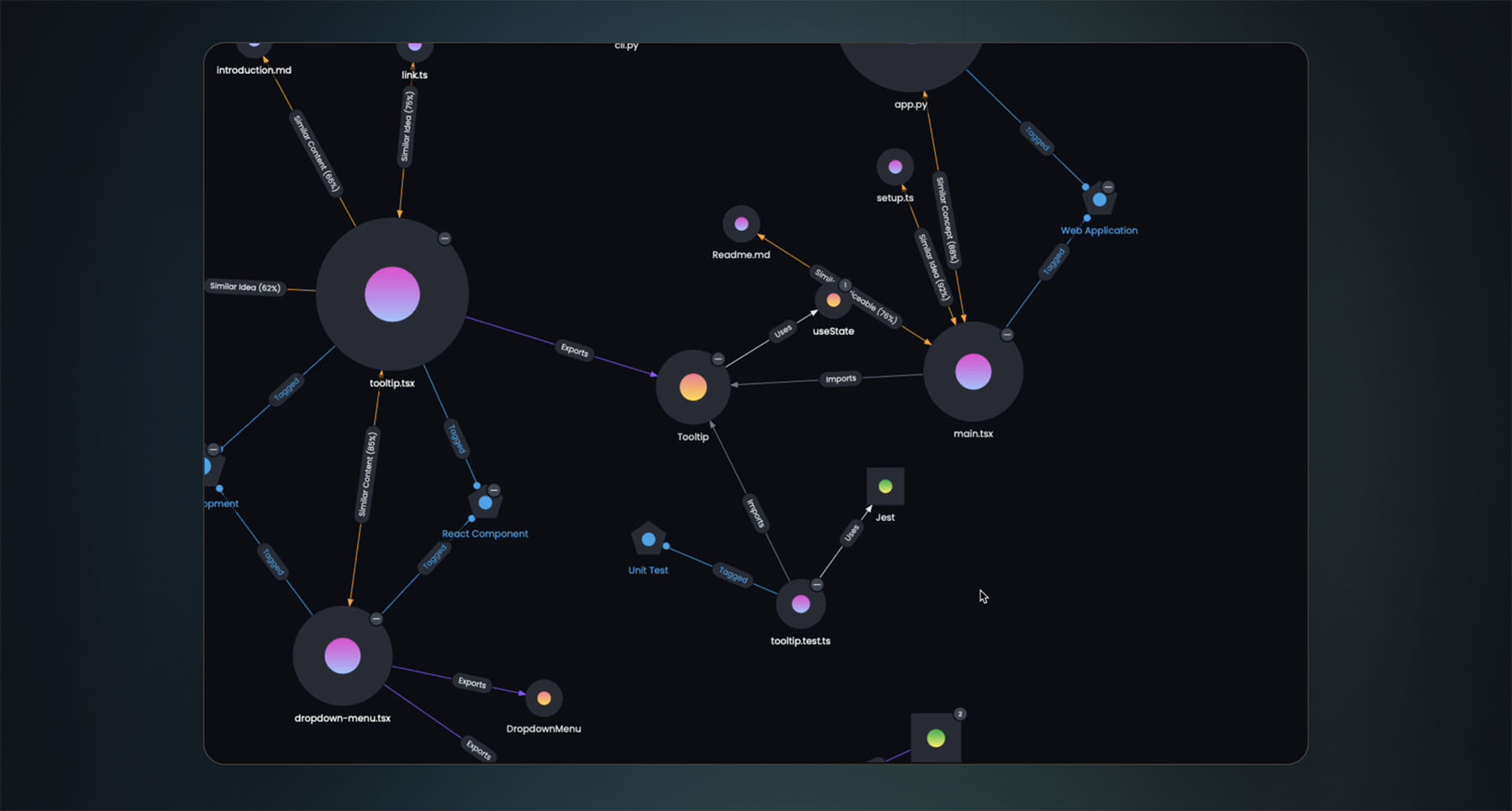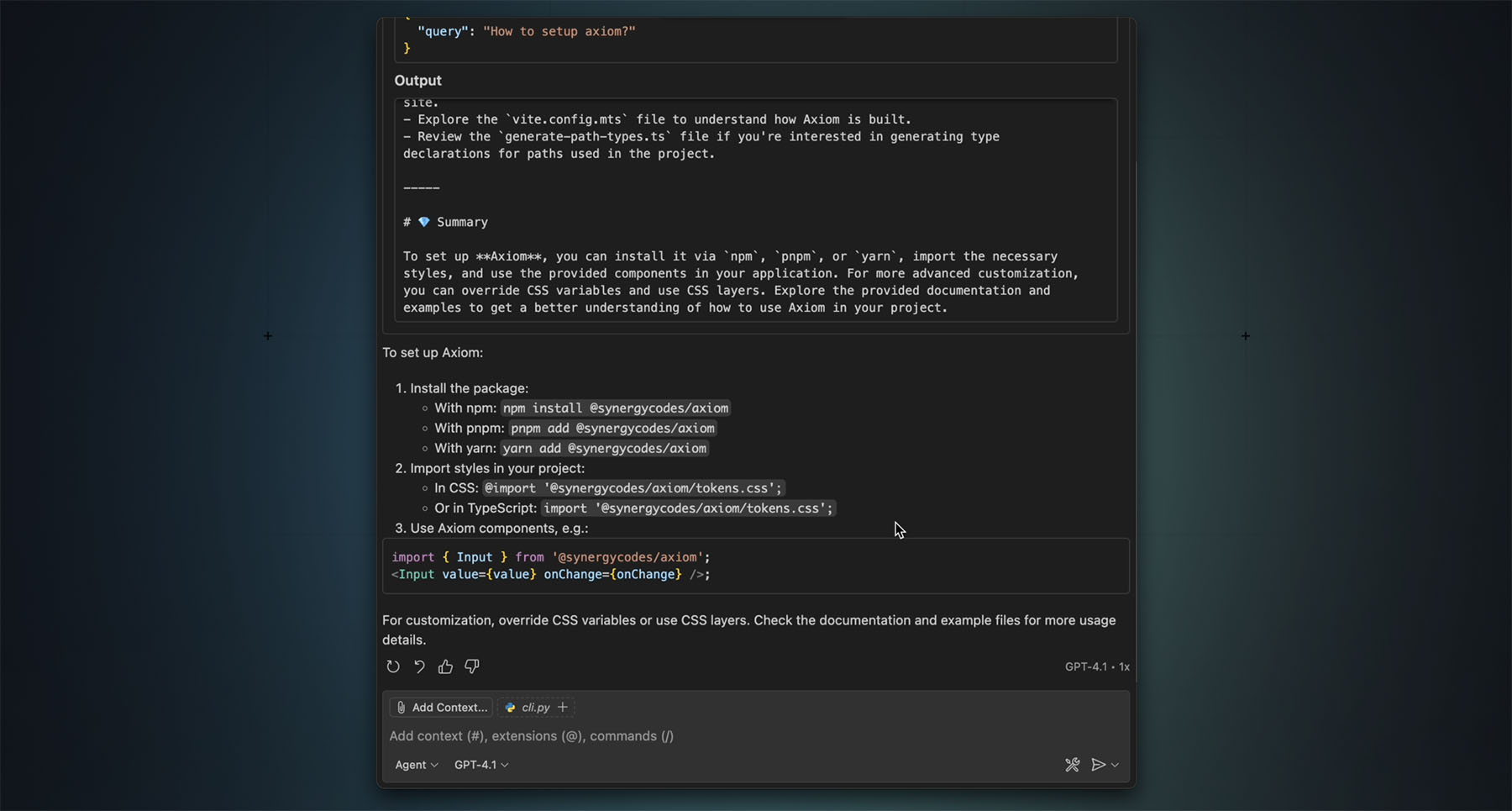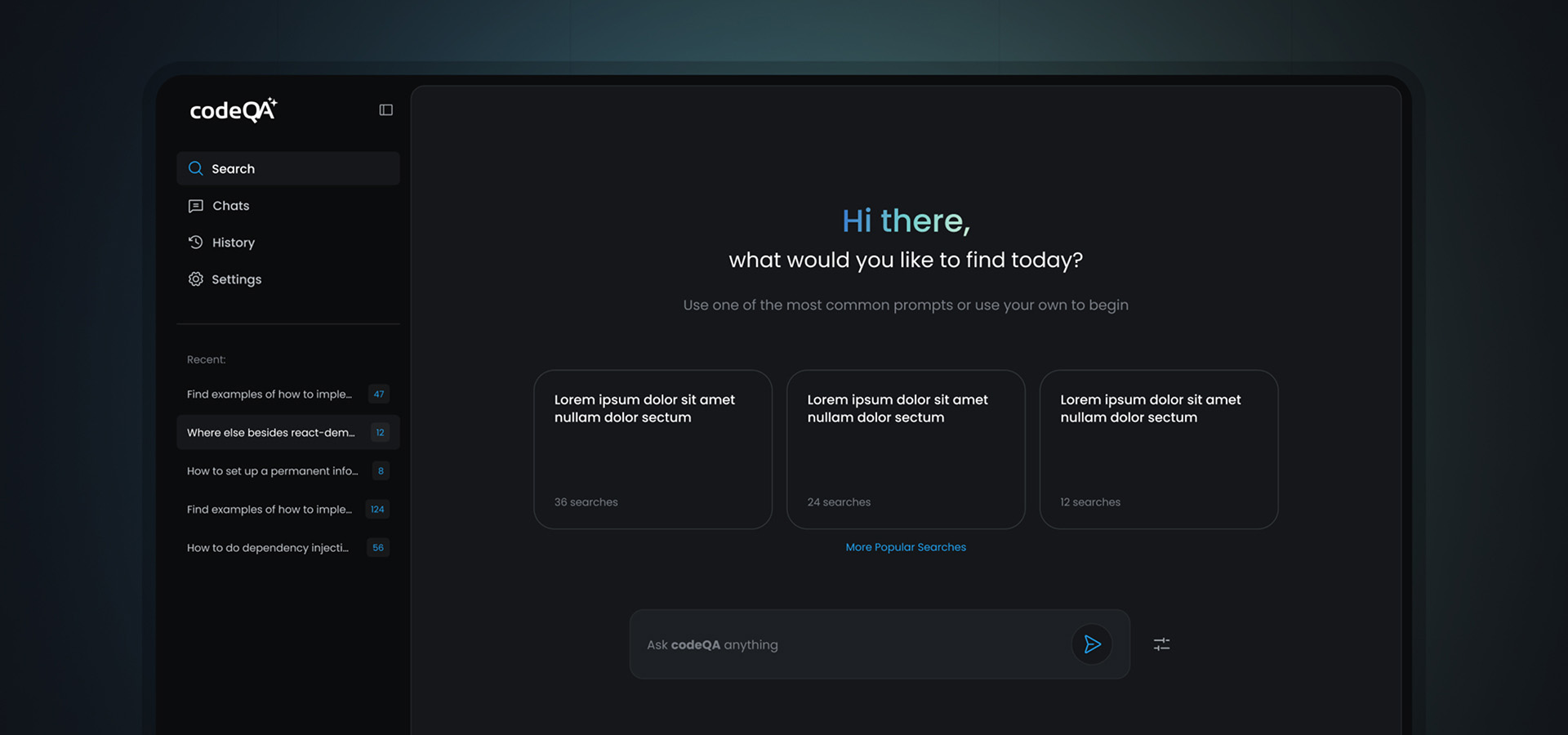What is AI-powered code search for enterprise teams
AI-powered code search is an advanced technology that enables enterprise development teams to efficiently find and navigate code across vast and complex repositories. Unlike traditional search tools that rely on simple text or pattern matching, AI-powered solutions leverage machine learning to understand the semantics and structure of code, allowing for more accurate and context-aware results. This means that developers can perform exact code search, retrieving relevant code snippets even when the search terms do not exactly match the code’s text.
The primary purpose of AI-powered code search is to help teams quickly locate relevant code, documentation, and related resources across multiple repositories. By understanding code intent and relationships, these tools significantly reduce the time spent searching and navigating large codebases. The core technology behind these solutions involves sophisticated AI and machine learning models trained to interpret code syntax, semantics, and developer queries, making them indispensable for modern enterprise development environments.
How it differs from simple text or regex searching
AI-powered code search fundamentally differs from traditional text or regex-based search methods by focusing on code meaning and developer intent rather than just matching strings. While traditional search tools can only find exact matches or patterns, AI-powered solutions interpret the context of queries and the structure of code, delivering more relevant and actionable results. For example, searching for "authentication middleware" with AI-powered search can surface relevant modules and functions even if those exact words are not present in the codebase, something traditional tools would miss.
1. Semantic understanding
AI-powered search understands code semantics and developer intent, enabling developers to use natural language queries to find what they need. The system can map everyday language to code concepts, so a search for "user login handler" might return authentication controllers, middleware, or related functions, even if those terms aren’t explicitly used. This intent recognition ensures that developers find the most relevant code, not just textually similar snippets.
- Natural language queries. Developers can search using everyday language, not just code terms.
- Code concept mapping. The system connects queries to relevant code structures and concepts.
- Intent recognition. The AI understands what developers are looking for, even if the exact terms aren’t present.
2. Contextual indexing
AI-powered search indexes code with an awareness of its structure, relationships, and dependencies. This contextual understanding allows the system to recognize how different parts of the codebase interact, improving the relevance of search results. For example, it can identify function relationships, inheritance patterns, and usage contexts, providing a holistic view of the code.
Contextual elements the AI understands include:
- function relationships and call hierarchies
- class inheritance and implementation patterns
- variable scopes and usage contexts
- module dependencies and interactions.

Key capabilities that speed up code discovery
AI-powered code search offers a range of features that directly enhance developer productivity and code quality. These capabilities are especially valuable for enterprise teams managing large, distributed codebases.
1. Cross-repository indexing
AI search tools can index and search across multiple repositories at once, which is crucial for organizations using microservice architectures or managing numerous projects. Developers can quickly find relevant code examples and implementations across the entire organization, regardless of where the code is stored.
- Multi-repository support. Indexes code across different projects and repositories.
- Unified search experience. Enables finding relevant code no matter where it resides.
- Microservice navigation. Simplifies working with distributed architectures by connecting related services and modules.
2. Intelligent symbol and regex support
AI-powered search complements traditional and symbol search rather than replacing them. Symbol search, commonly used in IDEs, analyzes code deterministically, understanding the syntax and structure of a given language. It can accurately locate symbol definitions, references, or imports across files and projects.
Semantic (AI-powered) search, on the other hand, operates probabilistically. It interprets meaning and relationships that are not explicitly defined in code. For example, it can help developers find conceptually similar implementations like authentication systems written in different frameworks or languages.
Instead of enhancing regex or symbolic search, AI expands the scope of discovery by understanding intent and context beyond the limits of syntax and static analysis.
Security and deployment considerations for enterprises
Enterprise teams must address security and deployment concerns when implementing AI-powered code search. Modern solutions are designed to meet stringent enterprise requirements.
1. On-premises vs. cloud hosting
When evaluating deployment options, I usually weigh the trade-offs between on-premises and cloud-based environments. Both approaches have clear advantages - the choice depends on how much control, flexibility, and accountability an organization wants to maintain.
With an on-premises setup, I have full ownership of infrastructure and data security. Everything stays within our controlled environment, which is essential when handling sensitive code or proprietary datasets. The cloud, on the other hand, offers scalability, simplified maintenance, and rapid deployment which is ideal for teams that prioritize agility over full infrastructure control. You could find direct comparison of both deployments models done by Łukasz Jaźwa from SynergyCodes in article “On premise AI tools – safeguarding data privacy in software development”.
Data security
Each model protects sensitive assets differently. On-premises give me direct oversight of every layer, while cloud security depends on provider guarantees and shared responsibility models.
Cost and maintenance
This is where the real divergence happens. Cloud infrastructure amortizes costs and abstracts hardware management, but with on-premise, the responsibility for maintenance, updates, and uptime sits entirely with the organization. It’s more work, but also more control.
Integration flexibility
In practice, both deployment models should connect seamlessly, ensuring smooth integration with existing systems and APIs. With this unified approach, integration complexity is no longer a deciding factor.
Regulatory compliance
Deployment architecture also shapes how easily we can meet compliance requirements. For industries under strict governance like finance, healthcare, or public sector, on-premise often makes it easier to prove data residency and privacy alignment.
2. Role-based access control
Enterprise-grade code search tools implement robust permission systems to ensure only authorized users can access specific code. Integration with identity providers and repository-level access controls are standard, along with comprehensive audit capabilities.
Security features include:
- integration with identity providers (SSO, LDAP, etc.)
- repository-level access control
- code visibility aligned with organizational policies
- audit logging and compliance reporting
- data encryption at rest.
How to choose the right AI code search tool
Selecting the right AI code search solution requires careful evaluation of integration, customization, and ROI measurement.
1. Integration with existing workflows
AI code search tools should connect seamlessly to developers’ existing environments through the MCP server, ensuring consistent and secure integration across all systems.
All integrations, including IDEs such as VS Code, IntelliJ, PyCharm, and WebStorm, as well as development platforms like GitHub, GitLab, and Bitbucket — operate via the MCP server, providing a unified and reliable connection layer.

2. Customization and model tuning
Enterprises can customize AI search models to better understand their unique codebases and terminology. Model adaptation is crucial for specialized domains and proprietary frameworks, with options for training and fine-tuning.
Key customization aspects:
- domain-specific terminology adaptation
- custom ranking and relevance tuning
- support for proprietary languages and frameworks
- continuous learning from developer feedback.

3. Measuring ROI and developer productivity
Measuring the impact of AI code search is essential for justifying investment. Track specific metrics and establish baselines to demonstrate improvements in productivity and code quality.
Key metrics to track:
- time saved on code discovery and navigation
- reduction in duplicate code implementations
- faster onboarding for new team members
- improved code quality and consistency
- reduced context switching.
Elevate your team with context-aware AI search
AI-powered code search gives our development teams a long-term edge as we scale. It helps us preserve critical knowledge, keep our practices consistent, and maintain high code quality over time. When someone leaves, their expertise doesn’t disappear with them, it stays accessible through searchable code and context. Standardization becomes easier, since we can quickly reference existing implementations instead of reinventing solutions. It also supports quality by making it simple to find and reuse proven patterns and best practices. New developers ramp up faster because they can instantly understand how things work. And as our systems grow, we can spot inconsistencies early, reducing technical debt before it slows us down. AI-powered code search is transforming enterprise development, becoming a standard part of the modern developer toolkit. By enabling faster, more accurate code discovery while maintaining privacy and control, these solutions give teams a competitive edge. CodeQA’s on-premise, privacy-focused AI code search preserves organizational knowledge and ensures security.
Book a demo to see how CodeQA can transform your team's code discovery process.


